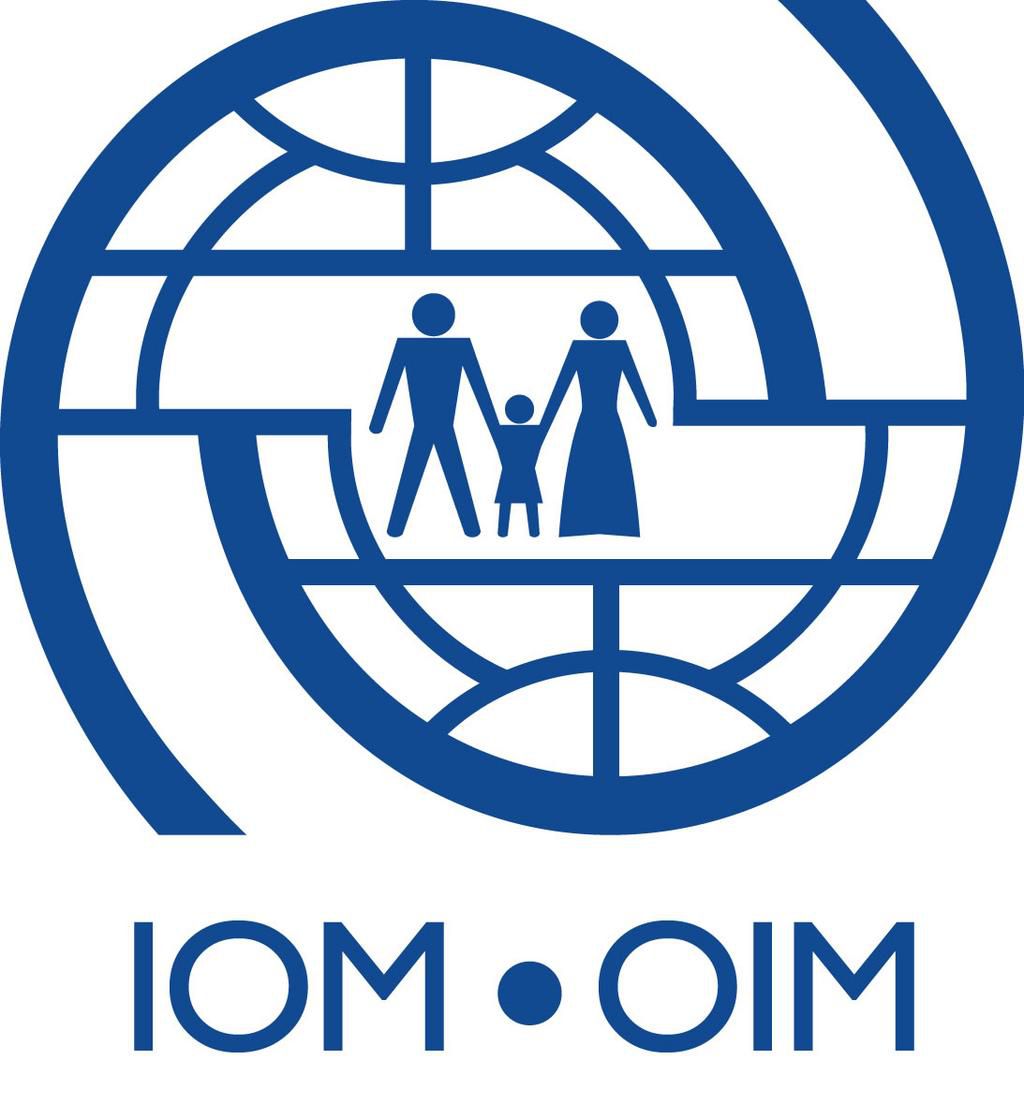Mitigating displacement due to Climate Change, Disasters a Risk Reduction Priority, International Organization for Migration (IOM) says
)
Last year alone more than 17 million people were displacedfollowingdisasters – accounting for 61 per cent of all internal displacements globally,according to Internal Displacement Monitoring Centre , one of the International Organization for Migration’s (IOM) partners.
TheSixth Session of the Global Platform on Disaster Risk Reduction(GP2019)in Genevathis weekprovides an opportunity fordialogue and knowledge sharing on strategies for disaster risk reduction (DRR) and building resilience globally.Participants also renewed their commitment to the implementation of the SendaiDRRFramework (2015-2030).
The event,organized by the UN Office for Disaster Risk Reduction (UNDRR) and hosted by the Government of Switzerland,convenedmore than4,000government officials, DRR practitioners,academics and representatives ofUN agencies, NGOs andcommunitygroups.
Under the themeʺResilience Dividend: Towards Sustainable and Inclusive Societiesʺ,IOM welcomes theattention given to disaster displacement at the GP 2019 through several dedicated working sessions and interventions, saysLouis Hoffmann, IOM'sHead ofTransition and Recovery.
“We must all step up efforts to address disaster risk, including by preventing displacement, preparing and responding appropriatelywhen it occurs, and by supporting sustainable solutions to displacement in the post-disaster phase,”Hoffmanntold the GP2019 on Thursday.
Hereaffirmed IOM’s commitmenttoenhancejoint UN support forcountries to meet theirtargetsunder the Sendai Frameworkand the 2030 Agenda for Sustainable Development.
“IOM remains committed to working withstates and communities to strengthen resilience, while promoting the vital benefits and opportunities that mobility can bring, when safe and dignified, for those seeking a better life,” saysHoffmann.
Since IOM launched itsStrategicWorkplan onDRRtwo years ago, the Organization hashelpedmore than 70 countriesprevent and mitigate the effects of disasters, trainingmore than6,400 government officials and providingdirect assistance to 1.4 millionpeople.
InBangladesh,Yemen,Rwanda, El Salvador, among othercountries, IOM workstoimproveearly warning systems,providetrainings onpost-disaster recoveryas well assupport capacity buildingonclimate change and migration.FollowingCycloneIdaiin Mozambique, IOM provided shelter to more than 85,000survivors, andstands ready to helpthe government build back better in the recovery phase.
As a member of theCapacity for Disaster Reduction Initiative(CADRI), IOM contributes its expertiseto assessments in countries vulnerable to disaster displacement. It also advisesstates on how to maximizethepositivecontributionsmigrantsmake to promoteresiliencein their communities.
The Organization supports otherstate-led initiatives,such as the Migrants in Countries in Crisis (MICIC) Initiative and the Platformon Disaster Displacement(PDD), tofurtherensure the inclusion of displaced persons and migrants in DRR action.
Distributed by APO Group on behalf of International Organization for Migration (IOM).
Media files

Download logo
)
)
)
)
)
)